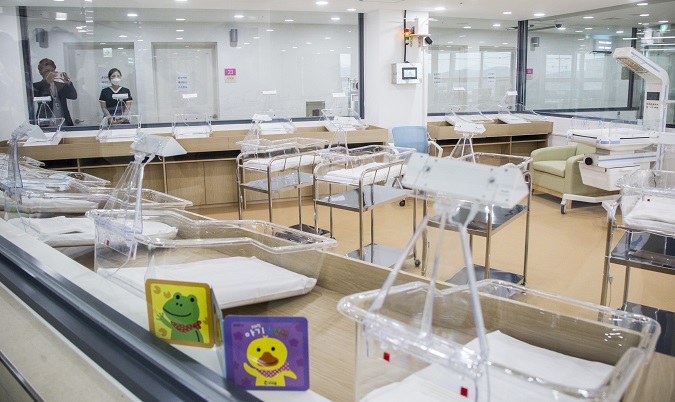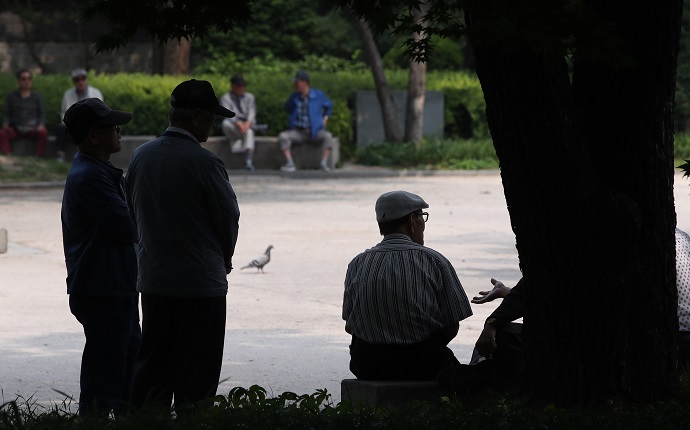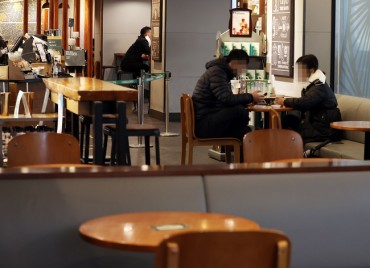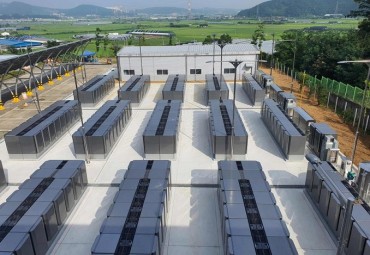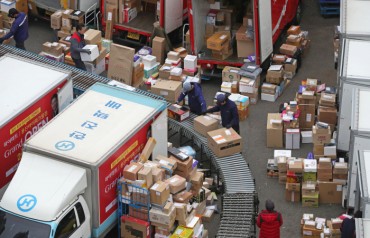SEOUL, Dec. 28 (Korea Bizwire) — South Korea on Wednesday announced a set of measures to cope with the country’s extremely low birthrate and rapid population aging, which could undercut its growth potential and have a wide-ranging effect on its society down the road.
The government, among other things, will try to create a stable climate for childbirth and rearing by providing incentives for childbearing women and eliminating discrimination against them, according to the Ministry of Economy and Finance.
Steps will be taken to minimize career breaks for women due to childbirths, improve conditions for striking a work-life balance, and provide affordable housing and more jobs for young people.
In order to tackle a labor shortage stemming from falling childbirths, the government will push to remove restrictions on the introduction of foreign labor and come up with an active immigration policy.
The measures also call for boosting employment of senior people and revamping the country’s welfare system for them in a bid to address its poverty rate for the elderly, which is the highest in the world.
The government will seek to allow senior citizens to work more and provide unemployment benefits to new employees aged 65 or older in a bid to deal with the country’s rapid population aging.
In addition, the government will ramp up efforts to expand care service for babies, children and senior citizens.
The moves, the fourth of their kind, come as South Korea is faced with a demographic crisis — tumbling childbirths, rapid population aging and a subsequent drop in the labor force.
In March 2019, Seoul formed a task force on population policy to address those problems and put forward measures three times — in 2019, 2020 and 2021.
South Korea remains dogged by a chronic decline in childbirths as many young people delay or give up on having babies in the face of an economic slowdown and high home prices, combined with changing social norms about marriage.
Its total fertility rate — the average number of children a woman bears in her lifetime — came to 0.81 children in 2021, down from 0.84 the previous year and the lowest in the world.
It was the lowest since the statistics agency began compiling related data in 1970. Last year also marked the fourth straight year that the number was below 1.
Seoul forked out nearly 280 trillion won (US$221 billion) between 2006 and 2021 to help resolve the problem, but to no avail.
The country is also troubled by fast population aging and a shrinking population, which is widely feared to exacerbate the problem of the economy’s declining growth potential down the road.
Asia’s fourth-largest economy is widely expected to become a super-aged society in 2025, in which the proportion of those aged 65 and older will hit 20 percent of the total population.
The country became an aged society in 2018, as the proportion of such people exceeded 14 percent.
South Korea’s population began to decline in 2021. After peaking at 51.84 million in 2020, its population fell to 51.74 million a year later and is expected to sink to 37.66 million in 2070.
(Yonhap)


